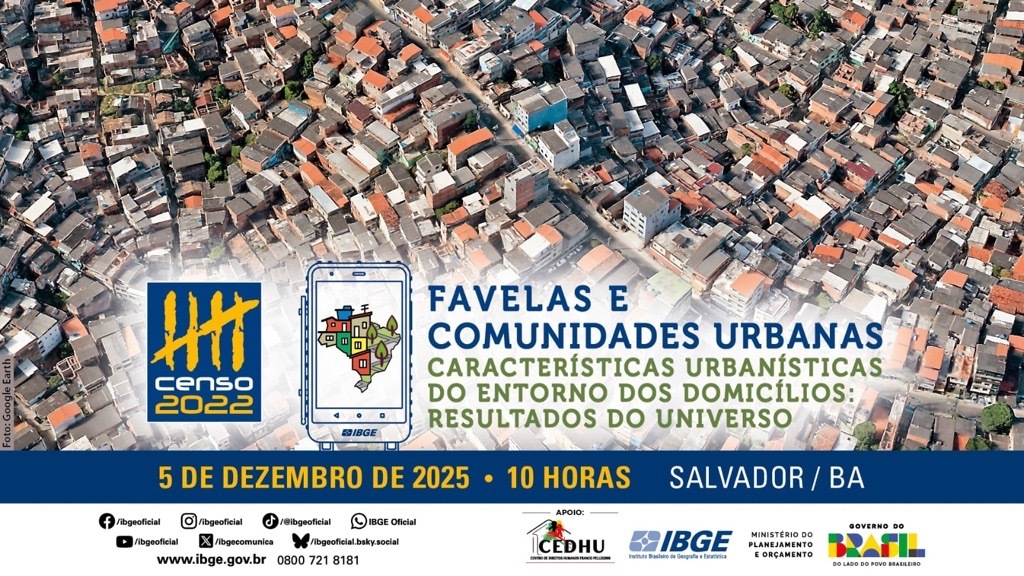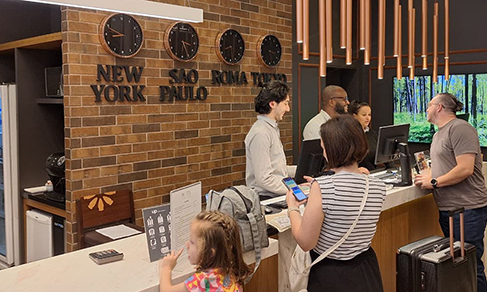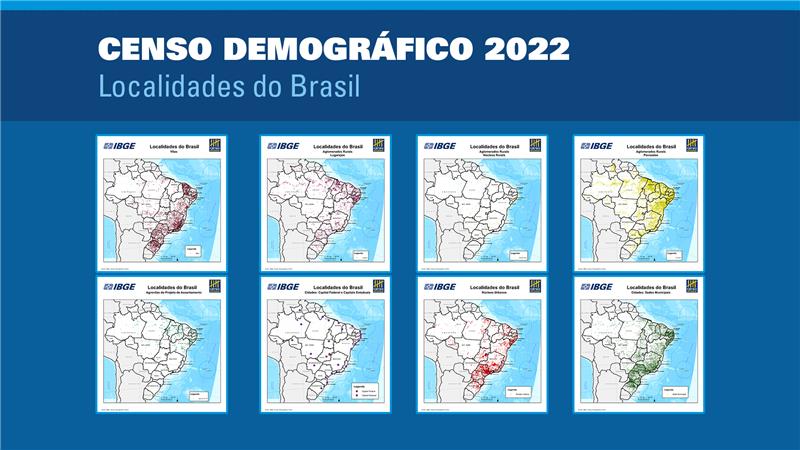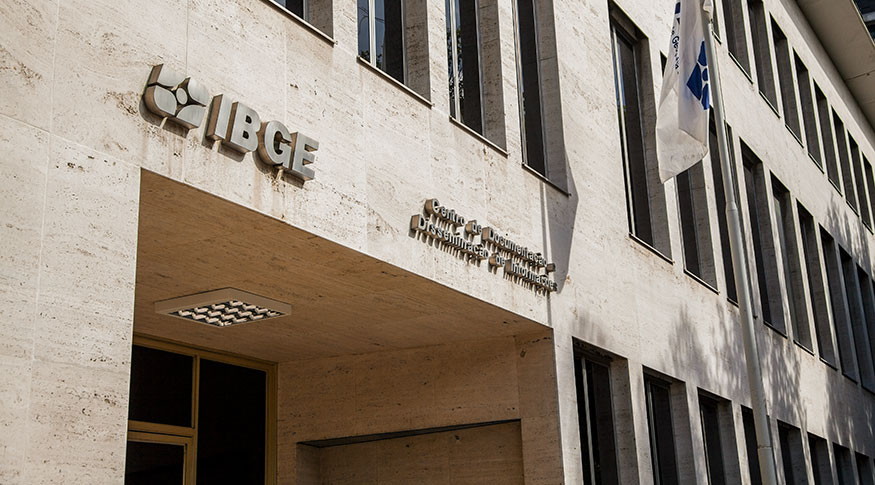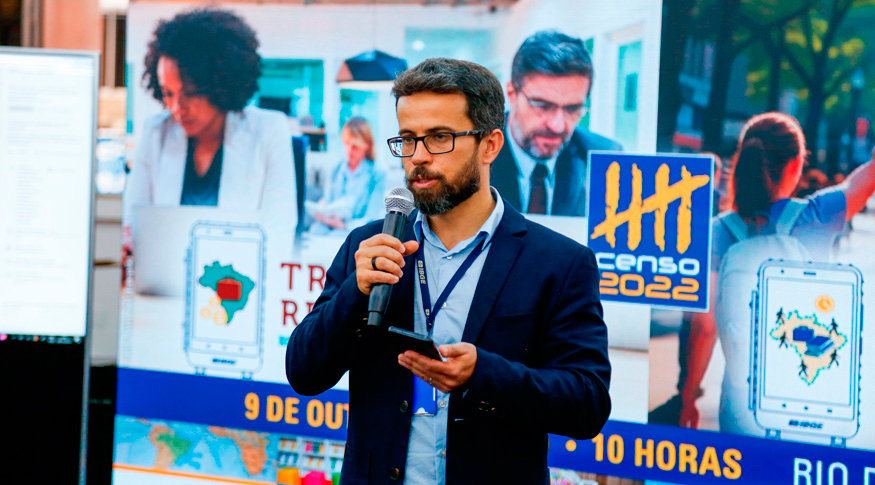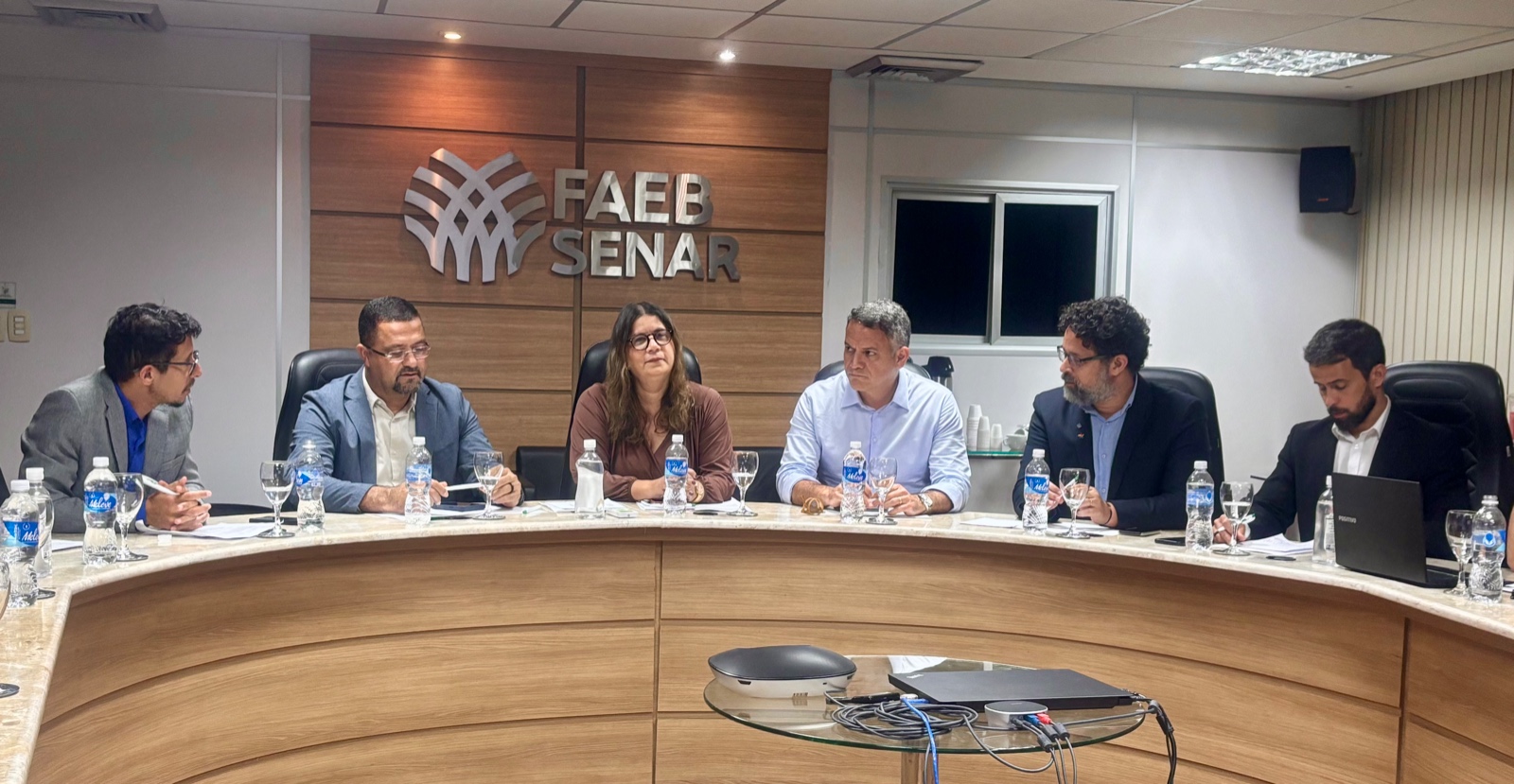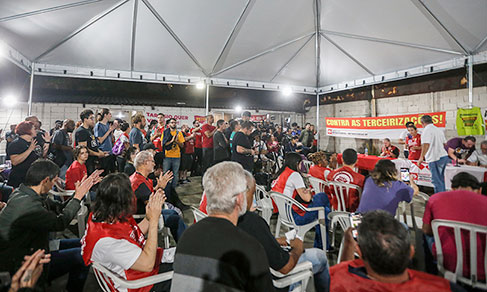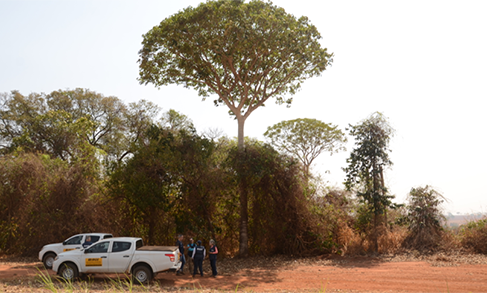Summary of Social Indicators
School dropout is eight times bigger among youths from poor families
November 06, 2019 10h00 AM | Last Updated: November 08, 2019 04h26 PM
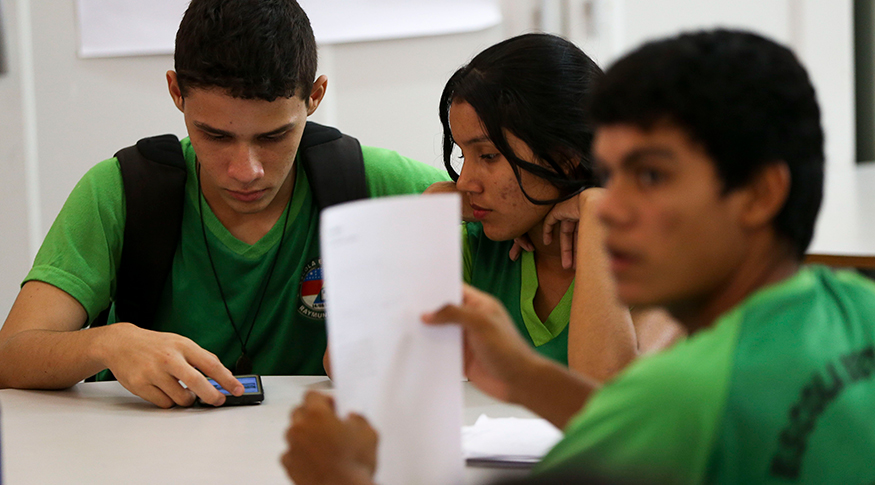
Earnings define the percentages of school dropout and failure of youths aged 15 to 17. Considering school drop out, 11.8% of the poor youths had left school without finishing high school in 2018. That percentage is eight times bigger than in the case of wealthier youths (1.4%). In the country, about 737 thousand persons in that age bracket shared that same condition last year.
The data come from the 2019 Summary of Social Indicators, released today by the IBGE. With a percentage of 7.6% for the country, the youth school dropout reached 9.2% in the North and Northeast, and was lower in the Southeast (6%). The phenomenon was more pronounced in the rural area (11.5%) than in the urban area (6.8%), among men (8.1%) than women (7%), and among the black or brown (8.4%) than the white ones (6.1%).
According to Betina Fresneda, an analyst from the IBGE, since the universalization of primary school in the 1990s, problems in performance and educational inequalities due to income and color or race have been present in high school and higher education.
“Ideally, the educational system should be equal for everyone, regardless of their background, so that the person would be able to develop their potentials. However, it reflects the social structure of the country. Researches reveal that the more equal the country, the less unequal the education will be”, she explained.
Nearly a quarter of the youth 15 to 17 years old were in school but out of the expected educational level in the country, that is, they were not in high school. Educational delay was four times bigger among 20% of the population with the lowest household earnings (33.6%) compared with the ones from the 20% with the highest earnings (8.6%). The adjusted net schooling attendance rate, which shows the adequacy between the educational level and the age of the student, was 69.3%, surpassing 54.6% among poor youths against 89.9% among the wealthier ones.
The inequality per income range reaches the highest level in the higher education among youth 18 to 24 years old. While 63.2% of the youth in this age group that form the 20% of the population with the highest earnings attend higher education, only 7.4% of the youth from the households with the lowest earnings shared that same condition. The percentage of black and brown youths attending college was 18.3%, whereas that of white ones was 36.1%.
Brazilian teachers earn the lowest starting salary among the OECD countries
Although the social position could be decisive, according to the research, the valorization of the education professionals and school management also have an impact on the students’ performance. However, as stated in the Education at a Glance report, Brazil is the country with the lowest annual starting salary paid to elementary and high school teachers compared with all other countries of the Organization for Economic Cooperation and Development (OECD).
According to the report, Brazil paid, in 2017, a starting salary of US$ 13.971 per year to elementary and high school teachers, while in Chile, for example, educators earned a minimum wage of US$ 23.429 in the elementary school. As OECD pays on average a higher minimum wage for the high school and in Brazil the salary is the same for all basic education levels, the gap between the Brazilian teachers’ remuneration and the OECD rate (US$ 34.534) is even bigger for this level.
The report also shows that, even though the majority of municipalities has approved the teaching career plan (95.7%), more than a quarter of them had not defined the minimum wage for the public education by means of a municipal law. Moreover, the research shows that only 38.8% of the municipalities have career plan for the professionals in the service area and school support, such as school inspectors, cooks and administrative employees.
In addition, the data show that 69.5% of the municipalities used only political indication to choose the school directors of the municipal education system. There was a drop of 4.9 p.p. comparing with 2014 (74.4%). “Education is not the Brazilian society panacea. It is a combination of several social policies, not only in the school, but to reduce national inequality. As you distribute the income better, the educational system gets more equal”, conclude the IBGE analyst.


